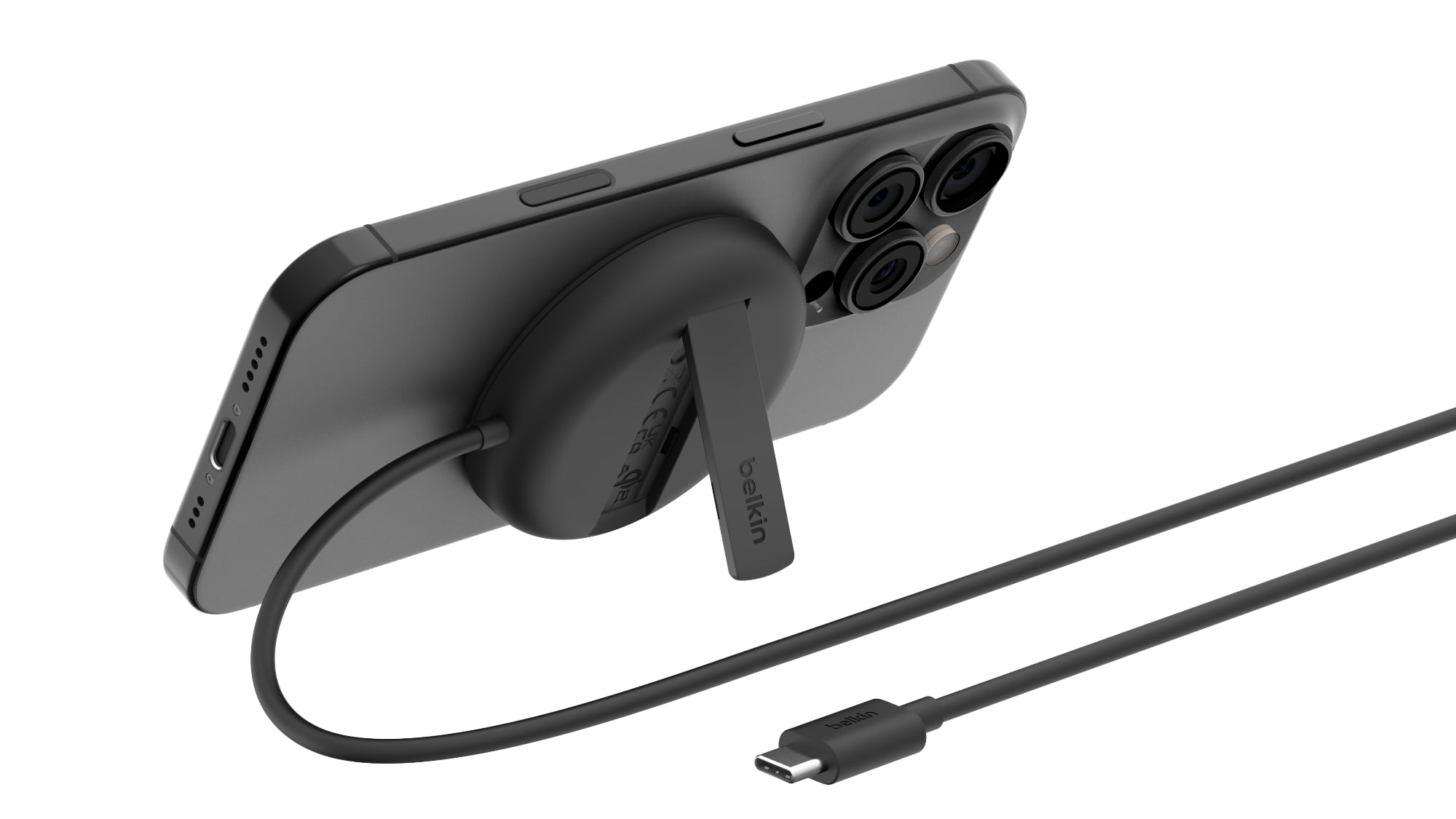Windows 11 update has system-wide live captions to help boost its accessibility aims
Despite Windows 11 being sequestered behind hardware requirements such as TPM, Microsoft is doing its best to make its latest OS as accessible as possible for the deaf and hard of hearing communities, with all new system-wide live captions.
Available today (April 5) after Microsoft’s event, the brand new live captions feature allows users who may be deaf, hard of hearing or those who just like subtitles to easily access captions across all audio experiences and apps across Windows.
Live Captions will also work on web-based audio, allowing users to view auto-generated captions on websites and streaming services that might not otherwise support or have the best captions.
Unfortunately, it is currently unclear if Microsoft will be bringing the live captions feature to Windows 10, in order to let as many users as possible utilize this useful accessibility feature.
Analysis: an accessibility win that is not accessible for everyone
There is no denying that more accessibility options are a good thing regardless of where you use them yourself or not, however, Microsoft deserves as much criticism as praise for this new feature as, for now, they’re keeping it exclusive to Windows 11.
With Windows 11’s growth recently being shown to have dramatically stalled in March, it makes sense that Microsoft’s latest OS may need some more killer features to tempt users into upgrading from Windows 10, however holding accessibility features random certainly is not the way to do it.
While holding this feature to ransom would be bad enough if upgrading was a simple one-click process, Windows 11 does not make things that easy as it infamously requires TPM 2.0, a feature that many computers, manufactured before 2017, do not have.
Mercifully, captioning services are becoming more and more common across web pages and streaming services, you can even listen to all of our articles, for instance, however, these services all have their potential problems and require individual set up, so it’s far from a perfect solution.
With Microsoft having only just announced this new feature for Windows 11 during their hybrid work event, we can only hope that it is not too long before the tech giant sees sense and brings this feature to older versions of Windows to benefit all users, rather than just those on Windows 11.




